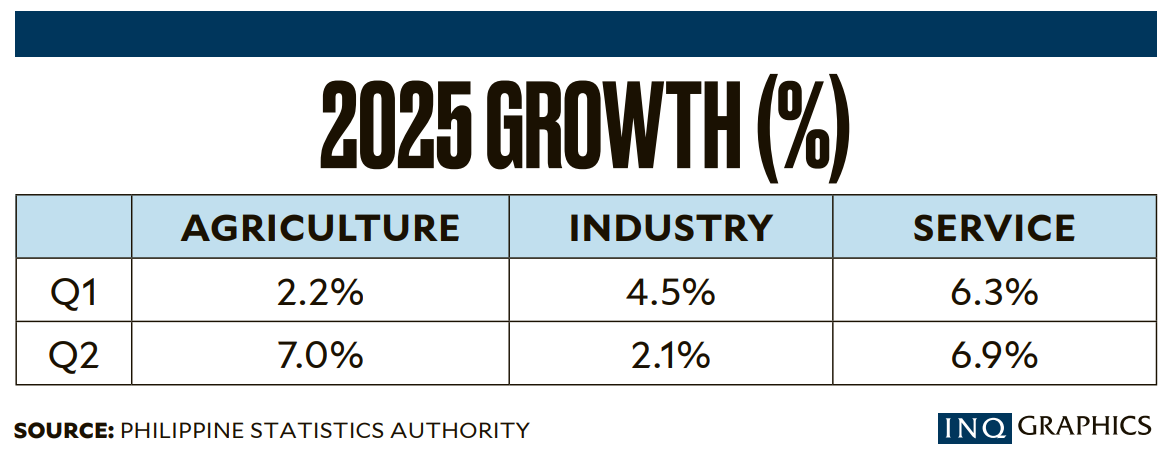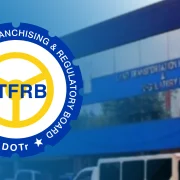Agriculture: Exports, not imports

We must cut down on our agricultural imports. In addition, we must increase our agricultural exports. Otherwise, our agricultural development will be stymied.
This past year, consider how agriculture has grown compared with other sectors. In the first quarter, it was the worst-performing. In the second quarter, it was the best.
Agriculture must continue this momentum. But, this will not happen unless we improve our agricultural trade balance.
Last year, our agriculture exports were only worth $7.8 billion, compared with imports of $19.5 billion. This resulted in an agriculture trade deficit of $11.7 billion, by far the worst in Southeast Asia.
There is good and there is bad news. The good news is that in 2024, our agriculture export growth of 22 percent impressively surpassed Vietnam’s 18 percent and Thailand’s 6 percent.
The bad news is that our $7.8 billion is way below Vietnam’s $62.5 billion and Thailand’s $52.2 billion.
If only we did 80 percent of what Thailand did, we would not need the $38.3 billion in overseas remittances that have caused so much disruption in our economic and social lives.

Import reduction
The first move is to decrease our imports. We should identify relevant imports, then replace them with increases in our production and productivity.
For example, we import 75 percent of our cacao and 70 percent of our coffee. We can grow both very well here.
The private sector is doing something about this. From Oct. 15 to Oct. 16, the Philippine Cacao Industry Association held a conference with 1,300 participants. They approved a five-year road map that will propel cacao’s growth.
During its Oct. 23 national meeting, the Philippine Coffee Sustainability Congress recommended a necessary P50-million Philippine Coffee Research Institute. Other coffee-producing countries have this, so why not us?
It is ironic that our high-value crops (HVC), such as cacao and coffee, contribute 25 percent of our agriculture gross value added, yet HVC gets only 1 percent of the Department of Agriculture (DA) budget.
In contrast, rice, which contributes 20 percent, gets more than 50 percent of the budget. Congress must add to the HVC budget if we are to replace imports with our own products.
HVCs are important not only to decrease our imports. They are also key to increasing our exports. Vietnam and Thailand use HVCs to penetrate world markets. We do not and are therefore now left way behind.
Upon his assumption into office on Nov. 3, 2023, DA Secretary Francisco Tiu Laurel Jr. saw the need for an agriculture export thrust and immediately created an Export Development Office.
He convinced Philip Young, a multi-awarded businessman exporting agricultural products to 42 countries, to formulate and implement an agriculture export strategy. Since the maximum number of undersecretaries had already been reached, Young accepted the title of assistant secretary. This demonstrated Young’s humility and commitment to the country. Since he reports directly to the secretary, Young started several significant innovations under Tiu Laurel’s guidance. Two are identified here.
Export Innovation
The first is the Export Help Desk. It is a replicable government model of responsiveness and timeliness. The desk receives inquiries through its official email: agriexport.helpdesk@da.gov.ph. There are assigned focal persons who forward the reported concerns to the appropriate DA agencies within 24 hours. The agencies must then report action within three working days.
Since there was no singular place for exporters to go before, the help desk has become a one-stop platform for action. It also builds confidence among farmers, traders and investors to show that Philippine agriculture is now ready to compete globally.
The second is the Monthly Agri Export Talk series. This has three objectives: (1) increase awareness about DA and its partner agencies; (2) help stakeholders maximize available programs for productivity, competitiveness and market access; and (3) strengthen collaboration between government and the private sector to advance agriculture growth and exports.
So far, our impressive 22 percent agriculture export growth rate last year shows that the export initiative is working. We must now decrease imports by improving our agricultural production and productivity.
In addition, we must correct specific extremely low agricultural tariffs. Without this correction, the result is excessively unfair imports that damage our agriculture. A concrete example is the case of our current 15 percent rice tariff, which should be increased immediately.
The author is Agriwatch chair, former secretary of presidential flagship programs and projects, and former undersecretary of the Department of Agriculture and the Department of Trade and Industry. Contact is agriwatch_phil@yahoo.com.




















When development ignores power